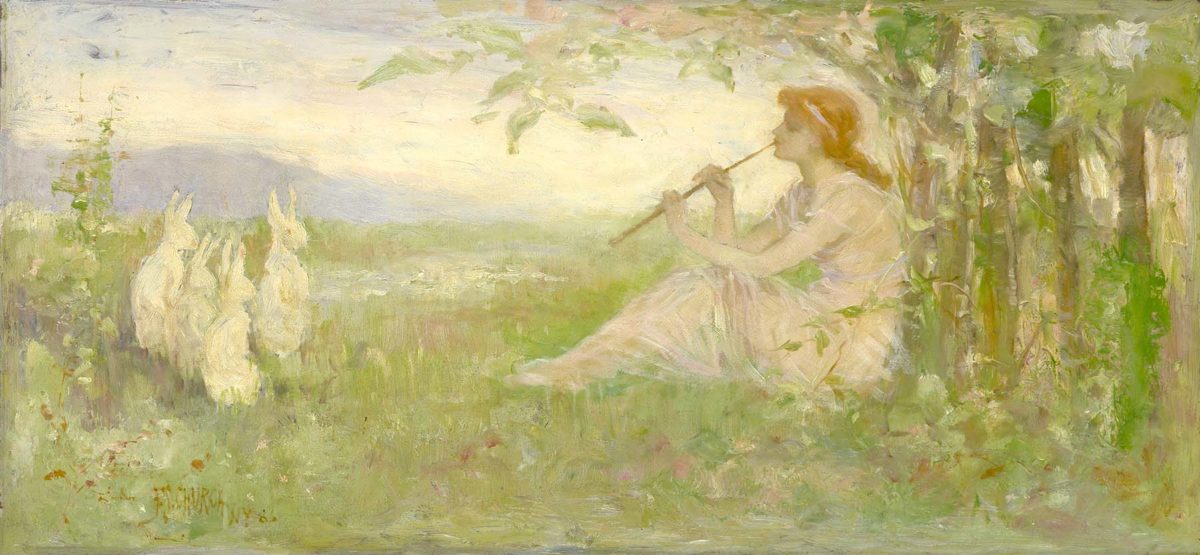The modern day rabbit needs a very simple diet. According to Wikipedia, the bulk of the domestic rabbit’s diet comes from Timothy-grass, otherwise known as Timothy-hay, and other hays. Hay in combination with pellets and vegetables is the perfect combination of food for your pet rabbit. According to the House Rabbit Society, pellets should be reduced in a rabbit’s diet as he matures and when fed to him should be fresh, within six weeks of purchase.
Vegetables should be plenteous in your pet rabbit’s diet. Look for a variety of dark leafy vegetables such as kale and other veggie roots, such as carrots. As you reduce the amount of pellets on the menu, you should also increase the availability of hay and vegetables to make up for the calories lost. A small amount of fruits are okay to feed rabbits as well. Always, always keep plenty of fresh water available for your bunny. Thank you to the House Rabbit Society for the following recommended foods list.
Learn more about the best hay for rabbits.
Recommended Foods for Your Rabbit
Alfalfa, radish & clover sprouts
Baby bok choy
Basil
Beet greens (tops)*
Bok choy
Broccoli (mostly leaves/stems)*
Brussels sprouts
Carrot & carrot tops*
Celery
Chinese celery
Cilantro
Clover
Collard greens*
Dandelion greens and flowers (no pesticides)*
Dwarf choy sum
Endive*
Escarole
Gai long
Green peppers
Kale (!)*
Mint
Mustard greens*
Parsley*
Pea pods (the flat edible kind: snow pea or sugar snap pea)*
Peppermint leaves
Raddichio
Radish tops
Raspberry leaves
Romaine lettuce (no iceberg or light colored leaf)*
Spinach (!)*
Watercress*
Wheat grass
Yu choy
(!)=Use sparingly. High in either oxalates or goitrogens and may be toxic in accumulated quantities over a period of time
If you would like some additional resources to read more in depth about what to feed your rabbit please reference the following books. We wish healthy and happy eating to your bunny!
Rabbits: Complete Care Guide
by Virginia Parker Guidry
Rabbits for Dummies
by Connie Isbell and Audrey Pavia
The Rabbit Handbook (Barron’s Pet Handbooks)
by Karen Parker D.V.M.





Recent Comments